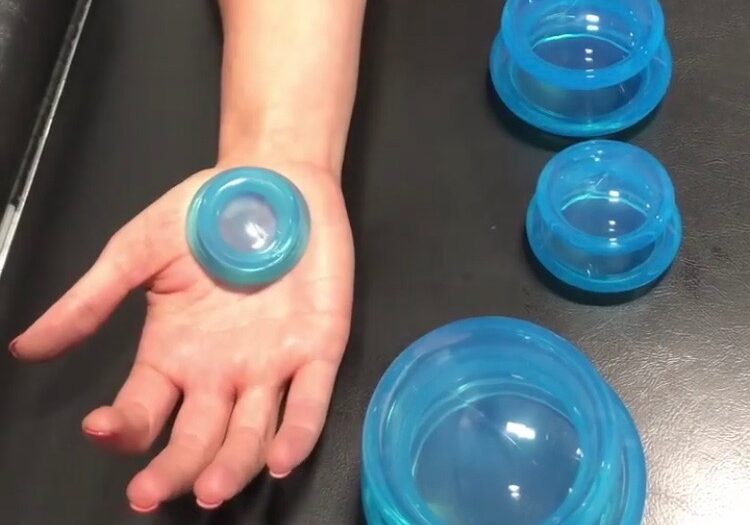Top 17 Must-Know Facts About Physical and Occupational Therapy Continuing Ed in 2025
归档依据 未分类
1. Introduction to Continuing Education
Physical and occupational therapy continuing ed is more than just a requirement—it’s the heartbeat of professional growth. In an ever-evolving field, staying current isn’t just smart, it’s necessary. For physical therapists (PTs) and occupational therapists (OTs), continuing education (CE) helps sharpen skills, improve patient outcomes, and maintain licensure.
Continuing education promotes:
- Updated clinical knowledge
- Higher professional credibility
- Compliance with licensing boards

2. What is Physical Therapy Continuing Education?
Continuing education in physical therapy includes learning activities that expand clinical knowledge and skill sets. These can range from:
- Online CEU modules
- Manual therapy workshops
- Advanced certifications (e.g., Orthopedic Clinical Specialist)
PT CE ensures therapists are well-versed in current treatments and rehab protocols. Topics often include pain management, neurorehabilitation, and post-surgical care.
3. What is Occupational Therapy Continuing Education?
Occupational therapy CE focuses on therapeutic techniques that support daily living activities and functional independence. CE topics for OTs often include:
- Sensory integration
- 手部治疗
- Mental health support
- Pediatric or geriatric interventions
It empowers therapists to apply evidence-based strategies tailored to patient needs across all ages.
4. State CE Requirements for PTs and OTs
Every U.S. state sets its own requirements for continuing education:
- Some states require 20-30 hours every 2 years
- Others may require specific content (e.g., ethics or jurisprudence)
- Failing to meet requirements can delay license renewal
Stay informed via your state licensing board to avoid compliance issues.
5. CEU Credits Explained
A Continuing Education Unit (CEU) typically equals 10 contact hours of instruction. However, the exact value may vary by provider and state regulations. PTs and OTs usually need a set number of CEUs for license renewal—commonly 1.5 to 3 CEUs every cycle.
Key tip: Always verify if a course counts as a CEU in your state.
6. Accredited CE Providers to Trust
Only CE courses approved by trusted providers should be taken. Look for:
- APTA (American Physical Therapy Association)
- AOTA (American Occupational Therapy Association)
These organizations’ accreditations are not required in many states but can be helpful in assuring approval in your state. Both organizations endorse providers and platforms that meet strict educational standards.
7. Popular Topics in PT and OT CE in 2025
This year’s trending CE topics include:
- Neurological rehabilitation: Stroke, TBI recovery
- Telehealth practices: Remote care protocols
- Geriatric care: Aging populations
- 儿科: Sensory processing and autism
These subjects reflect the evolving needs of patients and growing therapy niches.
8. Online Continuing Education Platforms
Online CEU platforms make learning flexible and accessible. Platforms like 手部治疗学院 offer mobile access, interactive content, and certificates of completion.
9. In-Person Workshops & Conferences
Attending in-person events provides hands-on training and networking opportunities. Major conferences include:
- APTA’s Combined Sections Meeting (CSM)
- AOTA Annual Conference
- Local state board workshops
These events often offer CEUs and introduce new modalities and equipment.
10. Costs and Budgeting for CEUs
CE costs range widely:
- Free: Sponsored webinars or compliance modules
- Low-cost: $50–$100 per course
- Premium: Certifications or intensives ($200+)
Some employers reimburse CE expenses or offer internal training, so check with your HR department.
11. How to Choose the Right CE Courses
Select CE based on:
- Your area of specialization (e.g., sports rehab, neuro OT)
- Skills you want to develop
- Course format (live vs. self-paced)
Align CE with both licensure and career growth goals.
12. Mandatory Ethics and Law Courses
Many states require courses in:
- Professional ethics
- Patient confidentiality (HIPAA)
- State jurisprudence
These ensure therapists understand legal responsibilities and ethical care delivery.
13. Tracking and Reporting CEUs
Use digital tools to track CEUs:
- CE经纪人
- State licensing portals
Maintain documentation (certificates, transcripts) in case of a board audit.
14. Career Benefits of Continuing Education
Pursuing CE can lead to:
- Advanced certifications
- Leadership roles
- Better job opportunities
- Increased earning potential
Staying current demonstrates your commitment to excellence and patient care.
15. Challenges Therapists Face in CE
Common hurdles include:
- Time constraints: Balancing CE with patient load
- 成本: High-quality CE can be expensive
- Overwhelm: Choosing the right courses
Overcome these by planning early and leveraging employer-sponsored options.
16. CE Trends to Watch in 2025 and Beyond
Emerging trends include:
- AI-driven rehab tools
- Virtual reality therapy
- Cross-discipline CE (PT + OT collaboration)
- Mobile micro-learning
These innovations offer more personalized and efficient learning experiences.
17. Final Tips for CE Success
- Start early: Don’t wait until your license is due
- Track everything: Keep a digital record of all CEUs
- Mix formats: Combine online and hands-on training
- Stay curious: The best therapists never stop learning
FAQs About Physical and Occupational Therapy Continuing Ed
1. How many CEUs do PTs and OTs need annually?
Most states require between 20–30 contact hours every 1–2 years. Always check your state board’s specific rules.
2. Are online CEUs accepted for license renewal?
Yes, most boards accept online CEUs as long as they’re from accredited providers.
3. What happens if I don’t complete my CEUs on time?
Your license may be delayed, suspended, or penalized. Some states offer grace periods or extensions.
4. What is the difference between CEUs and contact hours?
Typically, 1 CEU = 10 contact hours, but verify with your provider or board.
5. Can CEUs carry over to the next renewal cycle?
Some states allow carry-over of unused CEUs; others don’t. Check your local regulations.
6. How can I find free CEU opportunities?
Look for webinars from APTA, AOTA, or free trial courses from platforms like MedBridge and OccupationalTherapy.com.
结论
Physical and occupational therapy continuing ed is a cornerstone of excellence in patient care. Whether you’re new to the field or a seasoned professional, investing in your development through accredited CEUs ensures you remain skilled, compliant, and competitive. From cutting-edge trends like AI to foundational ethics training, there’s something for everyone in the evolving world of therapy education.
更多阅读内容
5 次重返烹饪活动(不需要厨房)
手部治疗可以而且应该以职业为基础。每周,我们都会听到患者的评论支持这一说法:“我需要回去工作”“我只是想再次打高尔夫球”“我什至无法打开水瓶”“我的配偶必须做所有的事情”烹饪”虽然标准练习很有帮助,但它......
阅读更多患有和不患有肌腱病的人的感觉处理
Emilee Sanders,OTS 患有和不患有肌腱病的人的感觉处理:对上肢和下肢疾病中的局部、区域和远程站点的系统评价与荟萃分析 Rio, E, Sandler, J., Cheng, K., Moseley, GL, Cook, J., & Girdwood, M. (2021) 患有和不患有肌腱病的人的感觉处理:对上肢和下肢疾病中的局部、区域和远程站点的系统评价与荟萃分析…
阅读更多拔罐疗法作为腕管综合征理疗新方法的效果
文章审稿人:Rachel Reed Mohammadi, S.、Roostayi, MM、Naimi, SS 和 Baghban, AA (2019)。拔罐疗法作为腕管综合征物理治疗新方法的效果。国际物理治疗研究:物理治疗研究人员和临床医生杂志,24(3),e1770。 https://doi.org/10.1002/pri.1770 瘦子:这样做的目的......
阅读更多注册即可直接将更新发送到您的收件箱!
注册我们,我们将定期向您发送有关手部治疗的所有内容的博客文章、每次上传新视频和教程时的通知,以及讲义、协议和其他有用信息。





